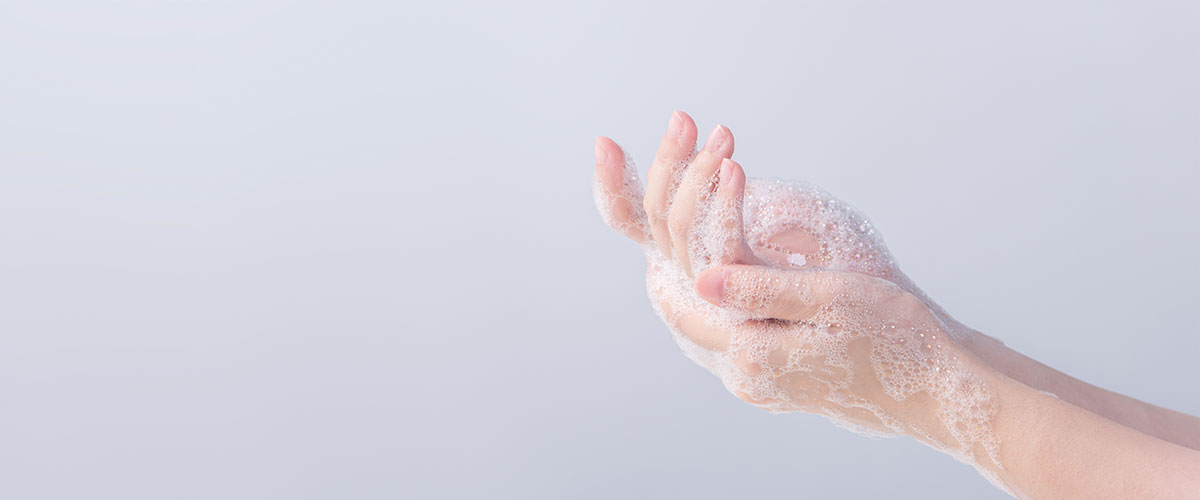Those of us with dry or sensitive skin are often advised to use a soap-free cleanser and avoid soap. But why? What exactly are soap-free alternatives, and how do they work if they don’t have soap in them?
Soaps have been around for thousands of years, traded by the Phoenicians as early as 600 B.C., and popular with the ancient Romans and Celts1. Chemically speaking, soaps are the salts of fatty acids, made by treating vegetable and animal fats with lye, also known as sodium or potassium hydroxide2. This process is called saponification. The resulting soap molecules have a head that’s attracted to polar molecules, like water, and a tail that’s attracted to non-polar molecules, like oils. What makes soap work is that it emulsifies oil and water. Normally, oil and water won’t mix, but with the help of soap the oil is broken into small soap-wrapped droplets that can be rinsed away with water.


